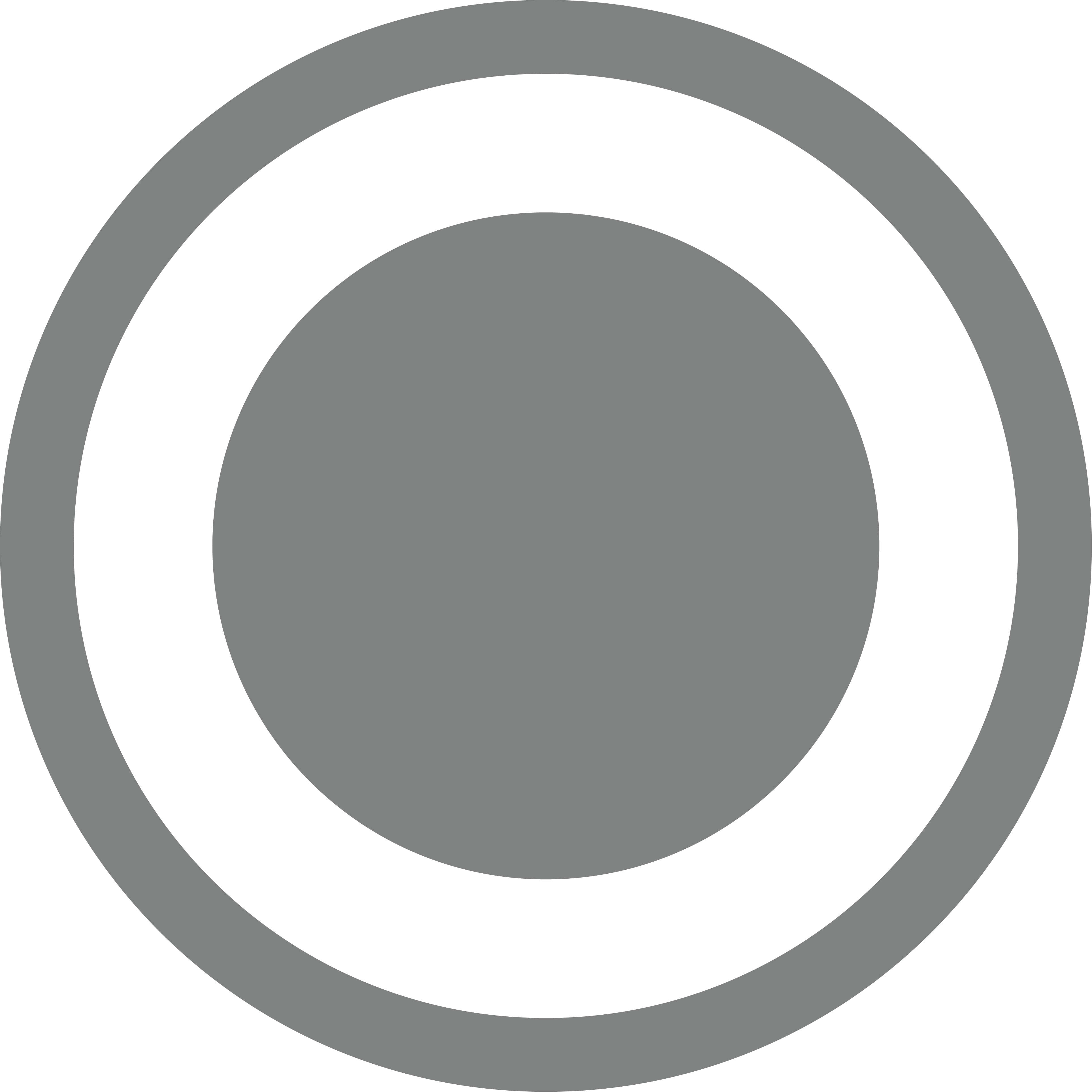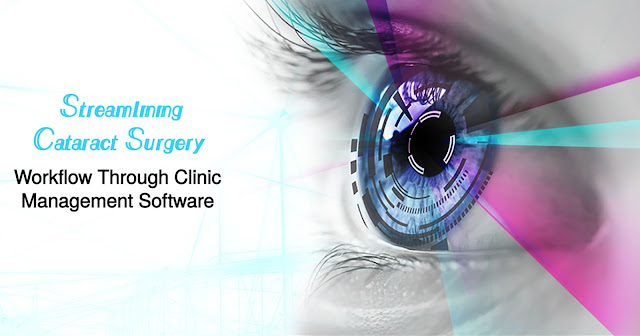Optimizing Cataract Surgery Workflow: The Power of Clinic Management Software |
Posted: June 8, 2023 |
Introduction:
Cataract surgery is a well-established procedure that aims to restore vision for individuals affected by cataracts, a common age-related condition characterized by the clouding of the eye's natural lens. With an increasing number of patients seeking treatment, eye hospitals are embracing innovative technologies to enhance surgical workflows and elevate patient outcomes. In this article, we explore the remarkable impact of Clinic Management Software in revolutionizing cataract surgery workflow, streamlining operations, and delivering exceptional care to patients.
Enhancing Surgical Planning and Documentation:
Clinic Management Software plays a pivotal role in optimizing cataract surgery by streamlining critical processes such as preoperative assessments, biometric measurements, and intraocular lens (IOL) calculations. This advanced software integrates tailored modules specifically designed for cataract surgery, ensuring precise surgical planning and reducing the risk of errors. Furthermore, it facilitates comprehensive documentation of surgical procedures and postoperative notes, promoting continuity of care and ensuring patient safety throughout the entire surgical journey.
Seamless Integration of Clinical Tasks:
By effectively integrating various clinical tasks, Clinic Management Software significantly enhances the management of cataract surgeries. It enables eye hospitals to efficiently handle appointment scheduling, patient registration, electronic health records (EHR), and surgical planning through a unified platform. This seamless integration optimizes the flow of information, minimizes administrative workload, and fosters collaboration among healthcare providers, leading to enhanced efficiency, reduced errors, and a well-coordinated workflow.
Efficient Resource Management:
The integration of Clinic Management Software empowers eye clinics to effectively manage and optimize resources during cataract surgeries. The software facilitates real-time inventory control and equipment tracking, ensuring the availability of essential supplies, surgical instruments, and intraocular lenses (IOLs). With precise inventory management, delays and shortages are minimized, resulting in enhanced surgical efficiency. This approach enables effective resource allocation, reducing wastage, and optimizing cost management, thereby improving the overall operational and financial aspects of cataract surgery.
Enhanced Patient Communication and Care:
Through the utilization of Clinic Management Software, patient communication, and care are significantly enhanced throughout the entire treatment journey. Advanced features such as appointment reminders, medication management, and postoperative follow-up tracking promote patient engagement and satisfaction. Patients benefit from timely notifications, personalized care instructions, and easy access to their medical records. Moreover, the software facilitates secure and efficient communication among healthcare providers, fostering collaboration and ensuring a patient-centered approach to care.
Conclusion:
As eye hospitals strive to optimize cataract surgery workflow and provide exceptional patient care, Clinic Management Software emerges as a transformative tool. By seamlessly integrating clinical tasks, enhancing surgical planning and documentation, optimizing resource management, and improving patient communication, this software empowers eye hospitals to achieve greater efficiency, precision, and superior surgical outcomes. Embracing the potential of Clinic Management Software allows eye hospitals to continually evolve, ensuring the best possible care for their cataract surgery patients.
|
|||||||||||||||||||||||||||||||||||||||||||
|
|||||||||||||||||||||||||||||||||||||||||||








